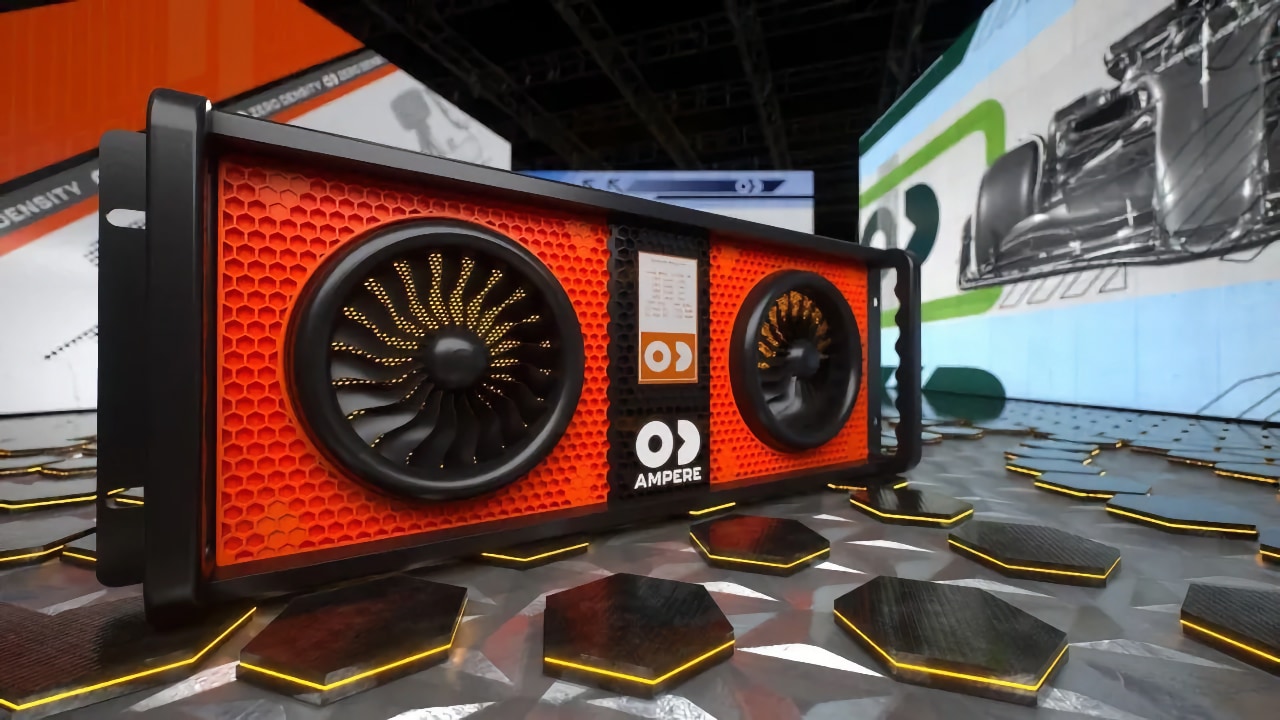
Zero Density says that the EVO II is purpose-built for one task and one task only: game engine-based, real-time rendering, compositing and video input/output for virtual production. That makes it very quick.
Zero Density's new EVO II render engine has been re-engineered from the ground up to deliver the rendering power necessary to unleash the full potential of Zero Density’s Reality5 real-time virtual production platform.
Four core factors contribute to its performance: the GPU, the CPU, the power delivery system, and thermal management.
To make al that come together, Zero Density says it selected the NVIDIA RTX 4090 graphics card and the AMD Ryzen 9 7950X3D processor, designed its own power distribution platform, and integrated a quiet, efficient cooling system to meet the specific high performance, security and reliability demands tend to be found in high-end virtual production environments.
The team then meticulously reviewed the performance of every component, and where industry-standard components fell short, they developed better alternatives in-house. This included everything from new PCBs and power cabling and cooling to embedded software.
The EVO II uses M2 SSDs over traditional SATA connections, leveraging the mini PCI bus to achieve the lowest latency possible. Numerous components within the EVO II chassis are precisely fabricated using high-end 3D printing technology, which allows ZD to create custom parts in low volumes while maintaining high quality and durability standards. To adhere to the highest fire safety requirements, components exposed to significant electrical loads are printed using fire retardant materials.
For comprehensive oversight of the machine’s physical and operational status, a single board computer monitors temperature and CPU/GPU data, ambient temperature and humidity, cooling fan speed, and the status of the redundant power supply. It also detects any motion of the chassis.
All this data can be accessed via the Reality Hub hardware monitoring system, and the touchscreen display on the front of the EVO II chassis. The touchscreen shows system status and provides access to configuration information. Thanks to a bidirectional connection with Reality Hub the RGB status indicators in the fans report not only the status of the hardware, but also the status of Reality5. That means that if, for example, the shaders are being compiled the fans turn to a specific color.
To prevent accidental disruptions and security breaches, the front USB ports and wireless communication hardware was removed. Finally, to complement the optimised hardware, the team created a custom distribution of Windows 11 to ensure that all drivers and OS components support the performance of the EVO II.
Kuban Altan, Zero Density Co-Founder and CTO, commented: “Exceptional virtual productions demand exceptional hardware. Creating the EVO II was a process of intense research, component selection, testing, benchmarking, and setting up innovative production methods. We sweated the details of every single item you need to create the most powerful high-end broadcast game render engine on the market. We are immensely proud to present to you our new flagship product.”


Comments